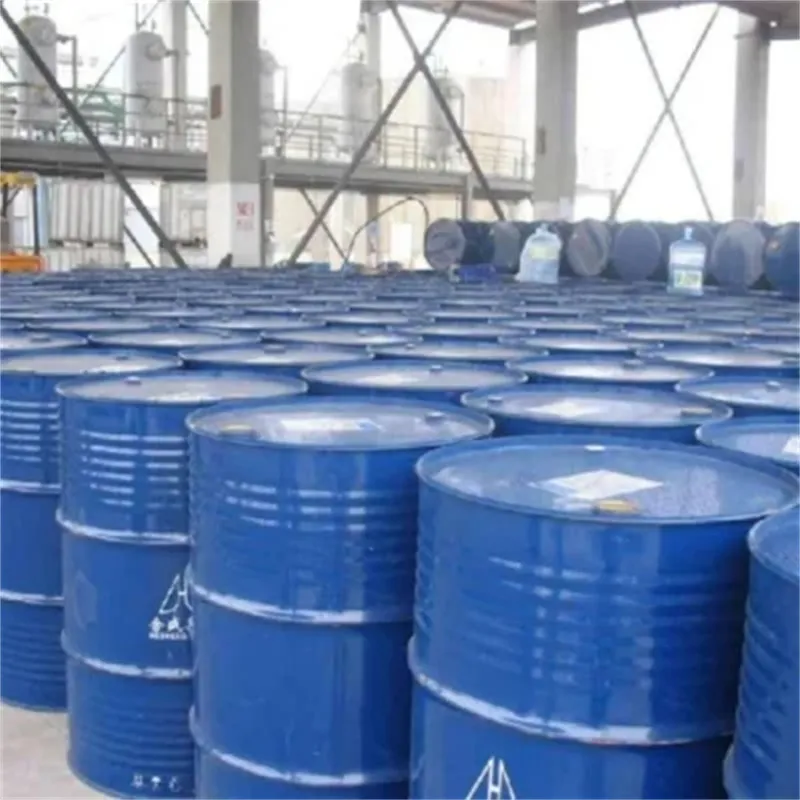Warning: Undefined array key "file" in /home/www/wwwroot/HTML/www.exportstart.com/wp-content/themes/1198/header.php on line 7
Warning: Undefined array key "title" in /home/www/wwwroot/HTML/www.exportstart.com/wp-content/themes/1198/header.php on line 7
Warning: Undefined array key "title" in /home/www/wwwroot/HTML/www.exportstart.com/wp-content/themes/1198/header.php on line 7
- Afrikaans
- Albanian
- Amharic
- Arabic
- Armenian
- Azerbaijani
- Basque
- Belarusian
- Bengali
- Bosnian
- Bulgarian
- Catalan
- Cebuano
- China
- China (Taiwan)
- Corsican
- Croatian
- Czech
- Danish
- Dutch
- English
- Esperanto
- Estonian
- Finnish
- French
- Frisian
- Galician
- Georgian
- German
- Greek
- Gujarati
- Haitian Creole
- hausa
- hawaiian
- Hebrew
- Hindi
- Miao
- Hungarian
- Icelandic
- igbo
- Indonesian
- irish
- Italian
- Japanese
- Javanese
- Kannada
- kazakh
- Khmer
- Rwandese
- Korean
- Kurdish
- Kyrgyz
- Lao
- Latin
- Latvian
- Lithuanian
- Luxembourgish
- Macedonian
- Malgashi
- Malay
- Malayalam
- Maltese
- Maori
- Marathi
- Mongolian
- Myanmar
- Nepali
- Norwegian
- Norwegian
- Occitan
- Pashto
- Persian
- Polish
- Portuguese
- Punjabi
- Romanian
- Russian
- Samoan
- Scottish Gaelic
- Serbian
- Sesotho
- Shona
- Sindhi
- Sinhala
- Slovak
- Slovenian
- Somali
- Spanish
- Sundanese
- Swahili
- Swedish
- Tagalog
- Tajik
- Tamil
- Tatar
- Telugu
- Thai
- Turkish
- Turkmen
- Ukrainian
- Urdu
- Uighur
- Uzbek
- Vietnamese
- Welsh
- Bantu
- Yiddish
- Yoruba
- Zulu
Iuch . 23, 2024 14:37 Back to list
Exploring the Properties and Uses of Propylene Glycol C3H8O2 in Various Industries
Propylene Glycol A Versatile Compound
Propylene glycol, with the chemical formula C3H8O2, is a synthetic organic compound that is widely used across various industries, including food, pharmaceuticals, cosmetics, and manufacturing. This colorless, odorless liquid is hygroscopic, meaning it can absorb moisture from the air, which contributes to its usefulness in a variety of applications.
Chemical Properties and Structure
The molecular structure of propylene glycol features two hydroxyl (OH) groups, making it a diol (or glycol). Its chemical composition gives it a unique blend of properties, such as high solubility in water and both polar and non-polar solvents. These characteristics make propylene glycol an ideal candidate for a wide range of formulations, enhancing the stability and effectiveness of various products.
Uses in Food and Beverage Industry
One of the most prominent uses of propylene glycol is within the food and beverage industry, where it serves as a food additive and humectant. It helps retain moisture in food products, prolonging shelf life and maintaining quality. Additionally, propylene glycol is utilized as a solvent for flavorings, colors, and preservatives, helping to dissolve these ingredients and ensure an even distribution throughout the final product. The FDA recognizes propylene glycol as generally recognized as safe (GRAS), allowing its widespread use in food applications.
Applications in Pharmaceuticals
Propylene glycol also plays a critical role in the pharmaceutical industry. It is used as a solvent for oral, injectable, and topical medications, enhancing the solubility of active ingredients and improving bioavailability. Its safety profile and low toxicity make it suitable for use in various formulations, including cough syrups, topical creams, and eye drops. Moreover, propylene glycol is often used as a carrier for vitamins and supplements, increasing their efficacy by improving absorption.
propylene glycol c3h8o2

Role in Cosmetics and Personal Care Products
In the realm of cosmetics and personal care, propylene glycol is a common ingredient found in products such as moisturizers, shampoos, and deodorants. Its hygroscopic nature allows it to retain moisture, providing hydration and improving the texture of formulations. Additionally, it acts as a solvent for many cosmetic ingredients, enhancing product stability and performance. Consumers benefit from propylene glycol's ability to deliver a smooth and evenly spread texture in creams and lotions, making it a valuable component in beauty products.
Industrial and Other Uses
Beyond the food, pharmaceutical, and personal care sectors, propylene glycol is used in various industrial applications. It serves as an antifreeze and coolant in heating and cooling systems, as well as a lubricant in machinery operations. Its ability to retain moisture makes it useful in the production of plastics and resins, where it helps maintain durability and flexibility. Additionally, propylene glycol is employed in the creation of hydraulic fluids and as an ingredient in the formulation of paints and coatings.
Safety and Environmental Considerations
While propylene glycol is generally recognized as safe, potential concerns regarding allergy or sensitivity reactions exist, especially in individuals with pre-existing conditions. It is essential for manufacturers to adhere to safety guidelines and usage limits to ensure consumer protection. Furthermore, propylene glycol is biodegradable, posing less environmental risk compared to other organic solvents, which makes it an appealing choice for sustainable practices.
Conclusion
In summary, propylene glycol (C3H8O2) is an exceptionally versatile compound that significantly impacts various industries, ranging from food production to pharmaceuticals and cosmetics. Its unique properties and safety profile make it a valuable ingredient in many formulations, contributing to enhanced product effectiveness and consumer satisfaction. As the demand for biodegradable and safe ingredients continues to grow, propylene glycol is likely to maintain its importance as a key player in diverse applications.
Latest news
-
2025 European Fine Chemicals Exhibition in Germany
NewsMay.13,2025
-
2025 New York Cosmetics Ingredients Exhibition
NewsMay.07,2025
-
Zibo will host the 2025 International Chemical Expo
NewsApr.27,2025
-
2025 Yokohama Cosmetics Raw Materials and Technology Exhibition
NewsApr.22,2025
-
2025 India Mumbai Fine Chemicals Exhibition
NewsApr.18,2025
-
Nanjing will host the 2025 Yangtze River Delta International Chemical Industry Expo and the National Chemical Industry Conference
NewsApr.15,2025

